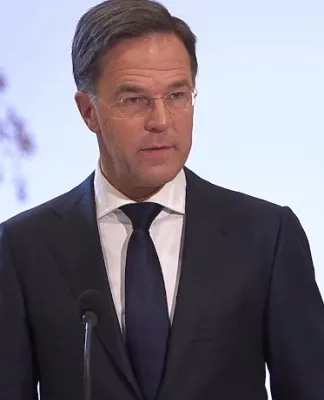Should NATO Boost Defence Spending for Enhanced Security?

Synopsis
Key Takeaways
- Increased defence spending is crucial for NATO’s collective security.
- NATO aims for a 5% GDP commitment by 2035.
- Current spending by most members is below 3% of GDP.
- Resolutions focus on deterrence and support for Ukraine.
- Investment in emerging technologies is prioritized.
Ljubljana, Oct 14 (NationPress) NATO Secretary General Mark Rutte emphasized the urgent need for increased defence expenditure to bolster security, as the alliance gears up to achieve its goal of amplifying collective defence investments.
Speaking at the NATO Parliamentary Assembly in Ljubljana, Rutte stated that European nations and Canada "are currently on a path" to align their defence budgets more closely with that of the United States.
"This is essential to safeguard the Atlantic, the Arctic, Europe, and the United States," Rutte remarked, highlighting that member states have pledged to allocate 5 percent of their gross domestic product (GDP) to defence by 2035, which includes 3.5 percent for fundamental defence needs.
Currently, the majority of NATO's 32 members invest less than 3 percent of their GDP on defence, as reported by Xinhua news agency.
The four-day annual session of the NATO Parliamentary Assembly, which serves as a consultative body for lawmakers from member and partner nations, wrapped up on Monday in Ljubljana with 245 delegates present.
The assembly passed six resolutions advocating for greater resilience against external interference, enhanced deterrence and defence, deeper transatlantic economic and security collaboration, improved stability in the Western Balkans, ongoing support for Ukraine, and preparedness for future uncrewed warfare.
Delegates called for increased investments in air and missile defence systems, stricter sanctions on Russia, additional funding for emerging technologies like drones, and more robust actions against hybrid threats.









